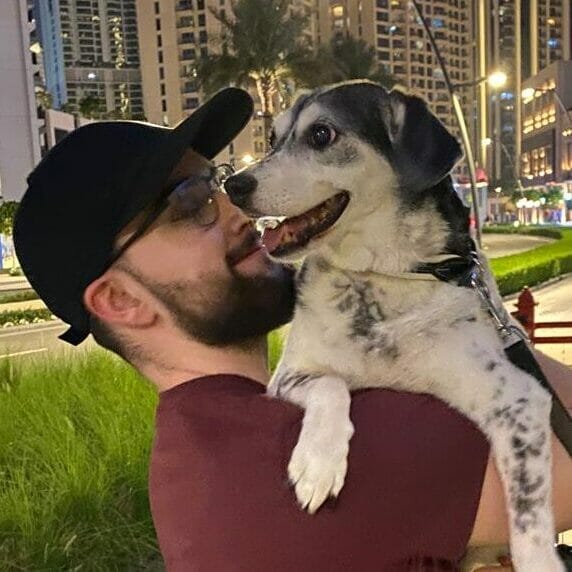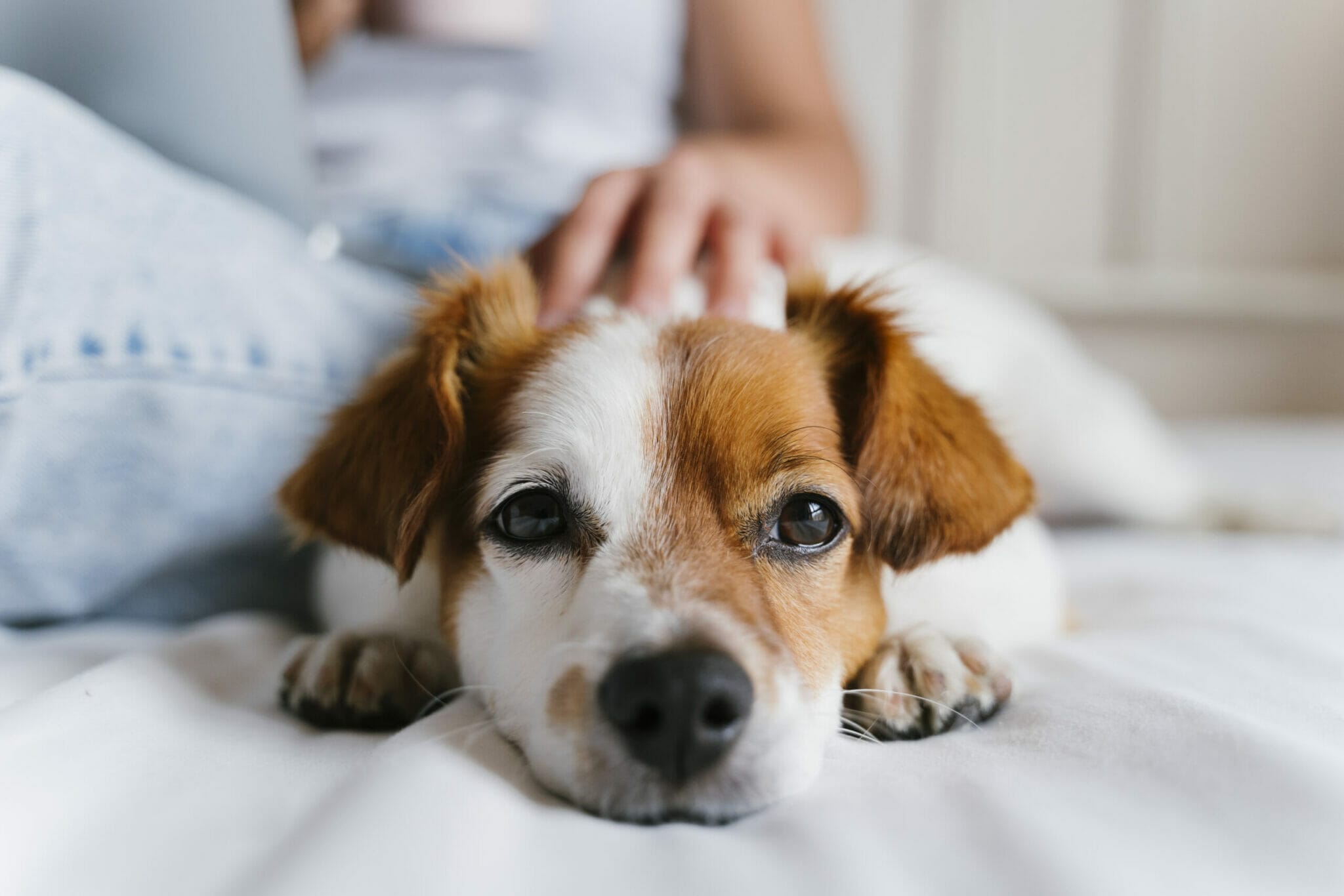
There’s no doubt that dogs are one of the most beloved creatures on the planet, and for good reason! They provide us with companionship, loyalty, and furry cuddles when we need them most. But what about when our dog has a pesky flea problem? Can they still sleep in our bed after treatment? Let’s take a look at some tips for keeping you and your dog happy and healthy.
Table of contents
How long does it take for flea treatment to work?
Your question will most likely be, does my dog still have fleas after treatment? This could be the case as it takes 24 hours for the treatment to kill all the fleas on your dog.
If you’re using a topical treatment like Frontline or Advantage, it’s important that you applied it directly to the skin, not the fur. And make sure you applied it to all the areas where fleas are likely to hide, like the base of the tail, around the neck, and behind the ears.
Once you’ve applied the treatment, it’s important to keep an eye on fleas in your house. Vacuuming regularly and using a flea bomb in your home can help to get rid of any remaining fleas.
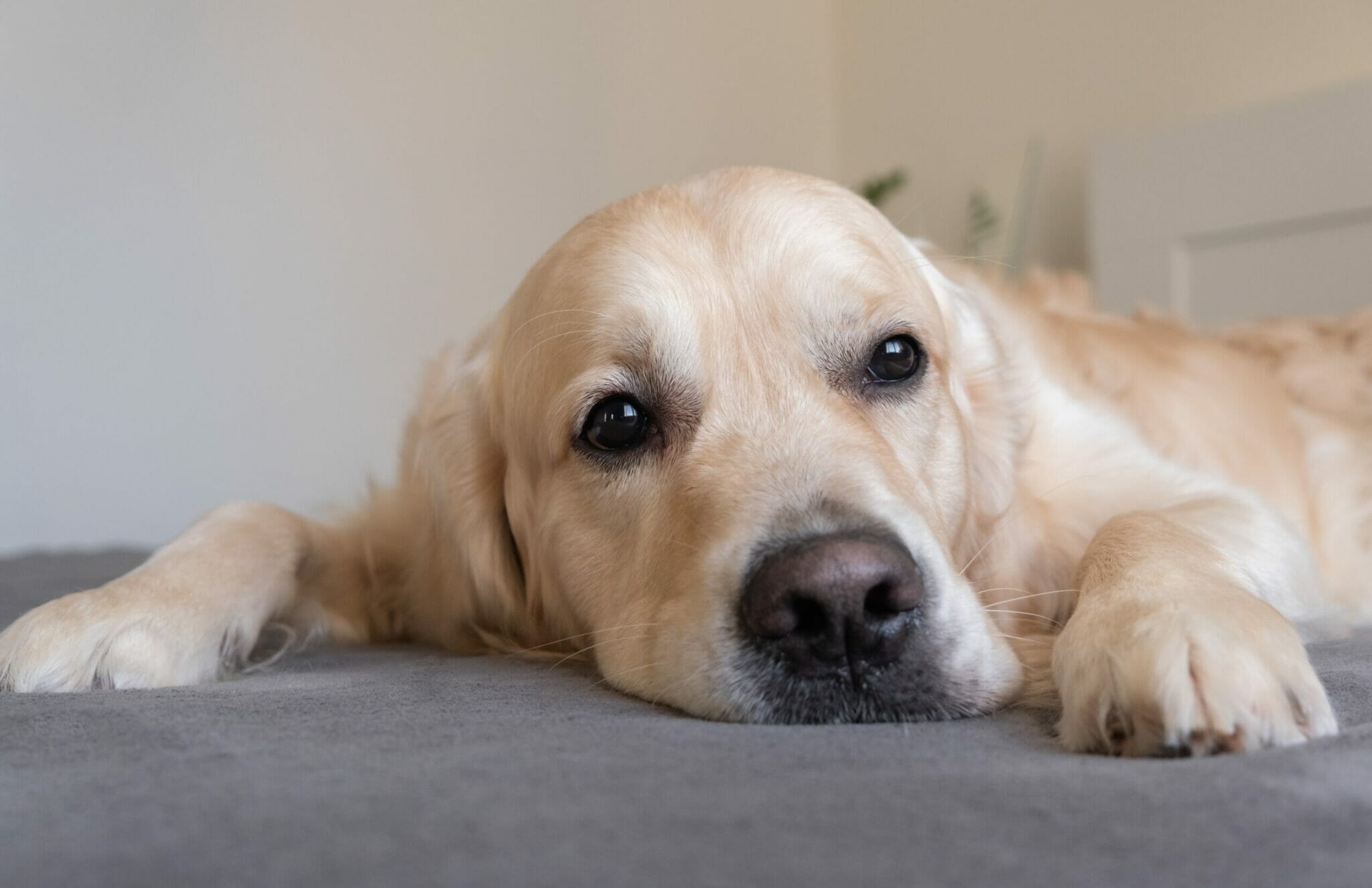
As for your dog’s bed, it’s best to wash it in hot water (at least 130 degrees Fahrenheit) to kill any remaining fleas or eggs. You can also put the bed in the dryer on high heat for 30 minutes.
If your dog was sleeping on your bed, it is important to wash your sheets and blankets in hot water as well. You may also want to consider using a lint roller on your bed to pick up any fleas that may have been left behind.
When can my dog sleep in my bed again?
After treatment, give it some time to make sure all the fleas are gone before letting your dog sleep in your bed again. Once you’re sure the fleas are gone and your house is clean, your dog can enjoy snuggling up in your bed once again!
We recommend waiting for at least a week after treatment to make sure all the fleas are gone.
4 Reasons why fleas don’t always go away
There are a few reasons why your dog may still have fleas even after treatment.
The treatment wasn't applied correctly
Make sure you followed the instructions on the package and applied the treatment directly to the skin, not the fur.
There are still eggs in your home
Flea eggs can hatch about two weeks after they’re laid, so it’s important to vacuum regularly and use a flea bomb in your home to help get rid of any remaining fleas.
Your dog is still spending time outside
If your dog is still spending time outside, they could be picking up new fleas from other animals or from the environment.
You have a severe infestation
It may take more than one treatment to get rid of all the fleas if you have a severe infestation. In this scenario, you could want to contact a professional pest control firm.
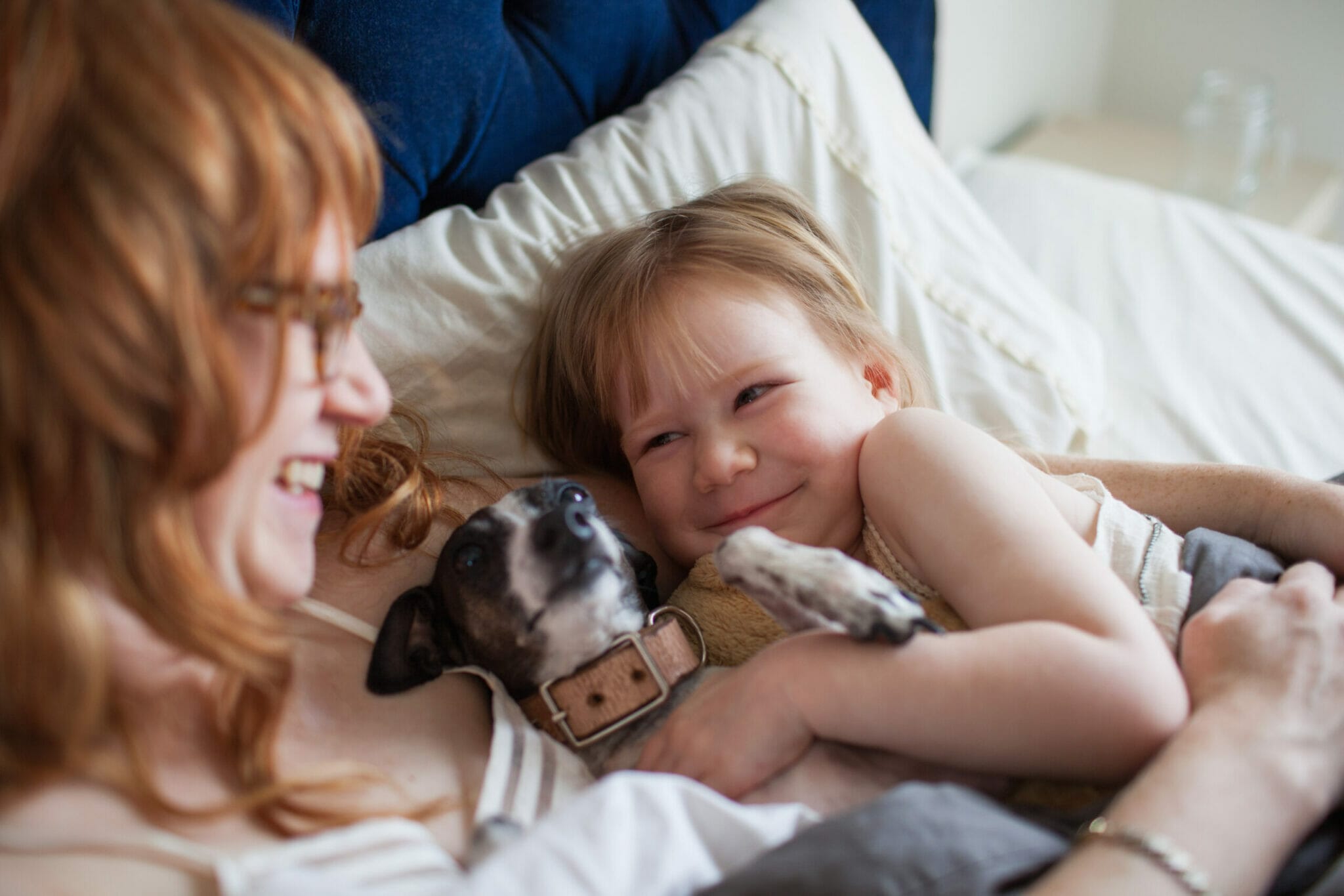
If you’re still seeing fleas, what should you do?
If your pet is still itchings and scratchings despite your best efforts to get rid of fleas, don’t despair. There are a few things you can try to finally get rid of these pesky critters.
First, make sure you’re using the right product for your pet. There are a variety of spot-on treatments, Oral chewables, and shampoos available, so talk to your veterinarian to find the best option for your pet.
Second, be sure to treat all areas where your pet spends time, including beds, blankets, and carpeting. A good vacuuming can also help to remove any fleas that have taken up residence in your home.
Finally, remember that it takes time to break the flea life cycle, so be patient and keep up with your treatment regimen until you’re finally flea-free.
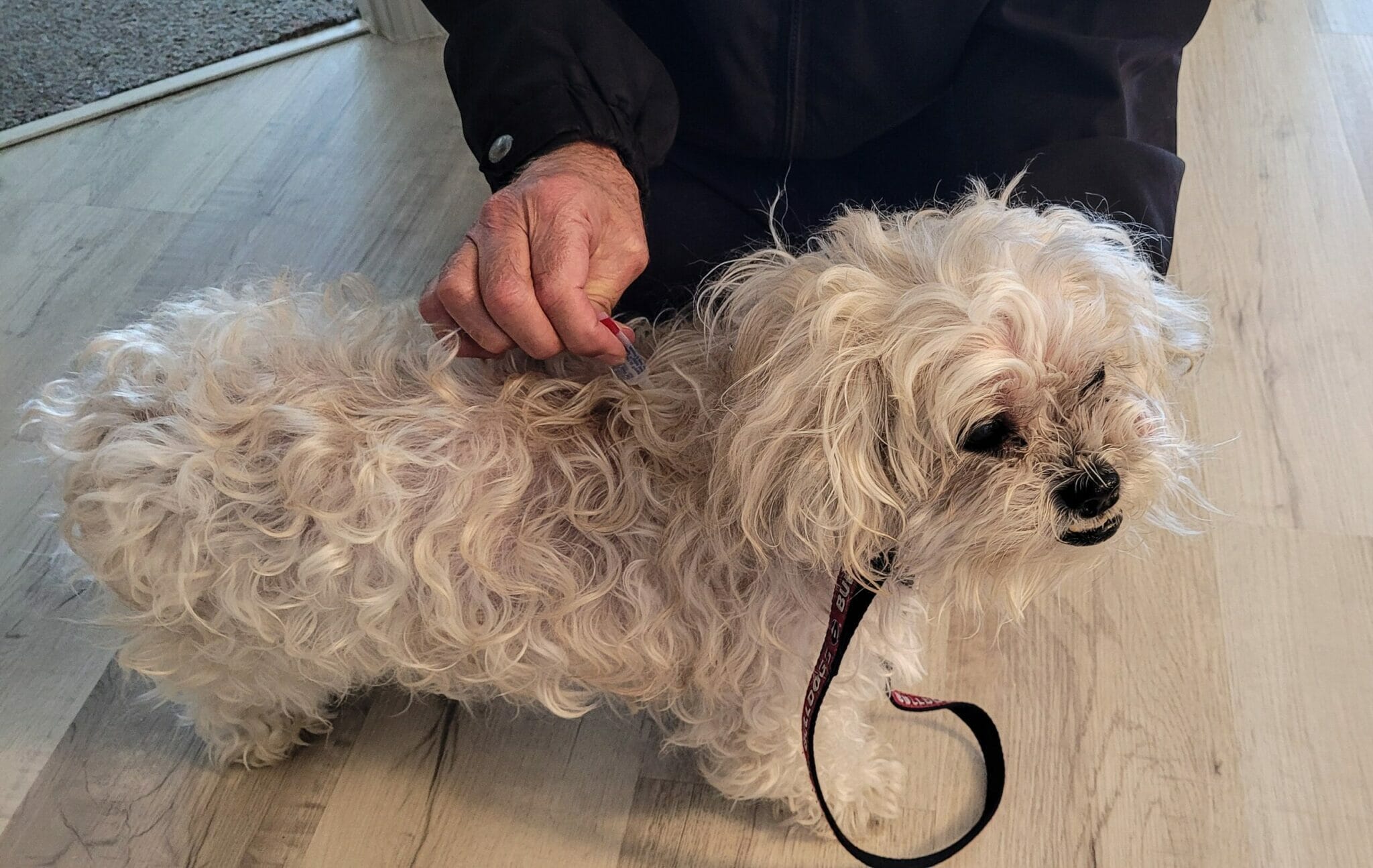
What are some tips for keeping your dog flea-free?
In addition to treatment, there are a few things you can do to help prevent your dog from getting fleas in the first place.
Keep your dog groomed
Regular brushing and bathing helps to remove any fleas that may be on your dog’s fur.
Use a Flea Collar
A flea collar can help to repel fleas and keep them away from your dog.
Keep Your Yard Clean
Make sure to keep your yard free of debris and trim any tall grass where fleas could hide.
Check Your Dog Daily
Take a quick look at your dog every day, paying close attention to their fur and skin. If you see any signs of fleas, take action right away!

Final thoughts
Wait a week after treatment to make sure all the fleas are gone before letting your dog sleep in your bed again. Be sure to also vacuum regularly and keep your yard clean to help prevent fleas from coming back. You can get rid of these pests for good if you take a little time and effort! If the fleas don’t go away on their own, try a more powerful remedy with a pestteam.
